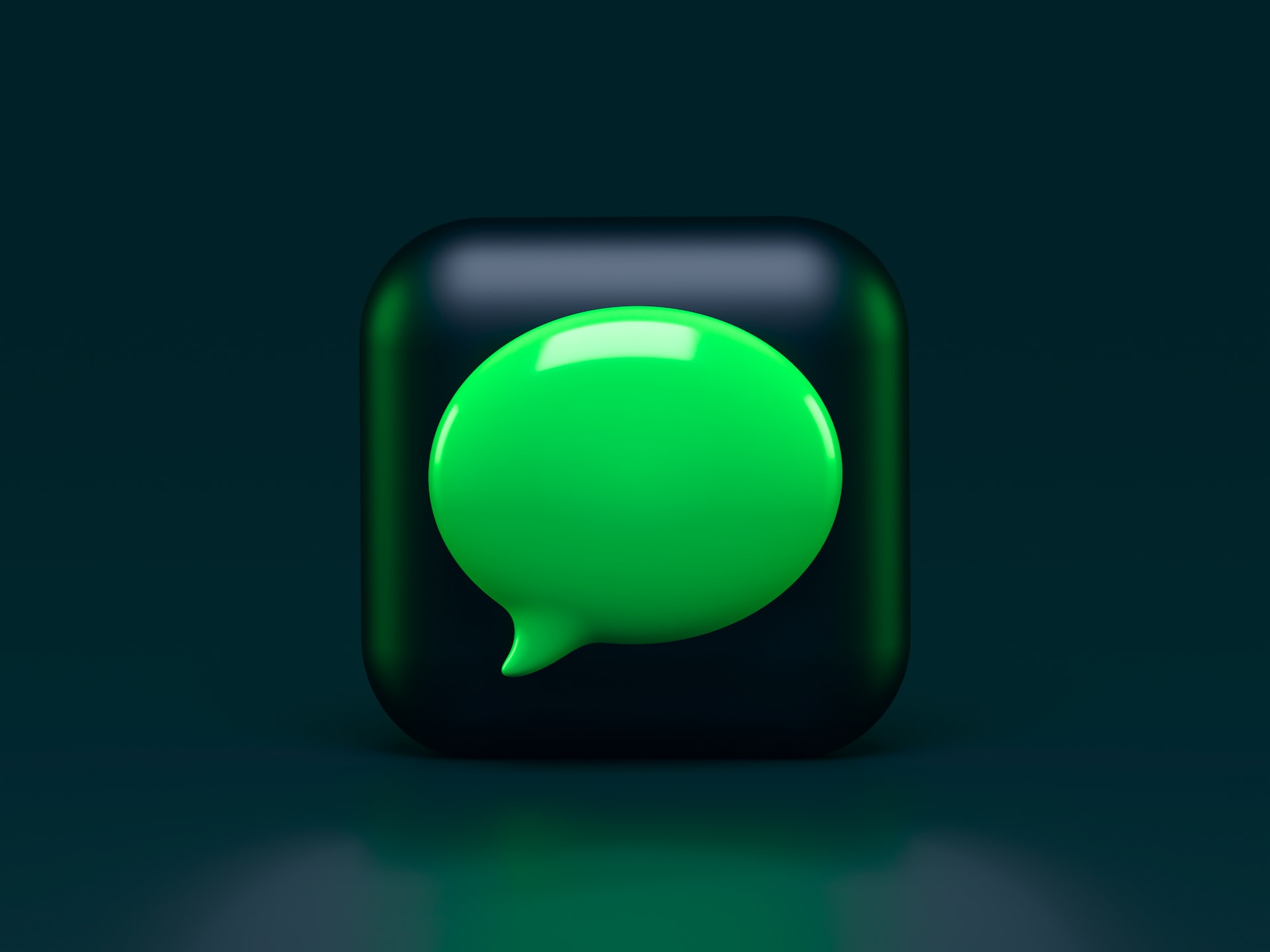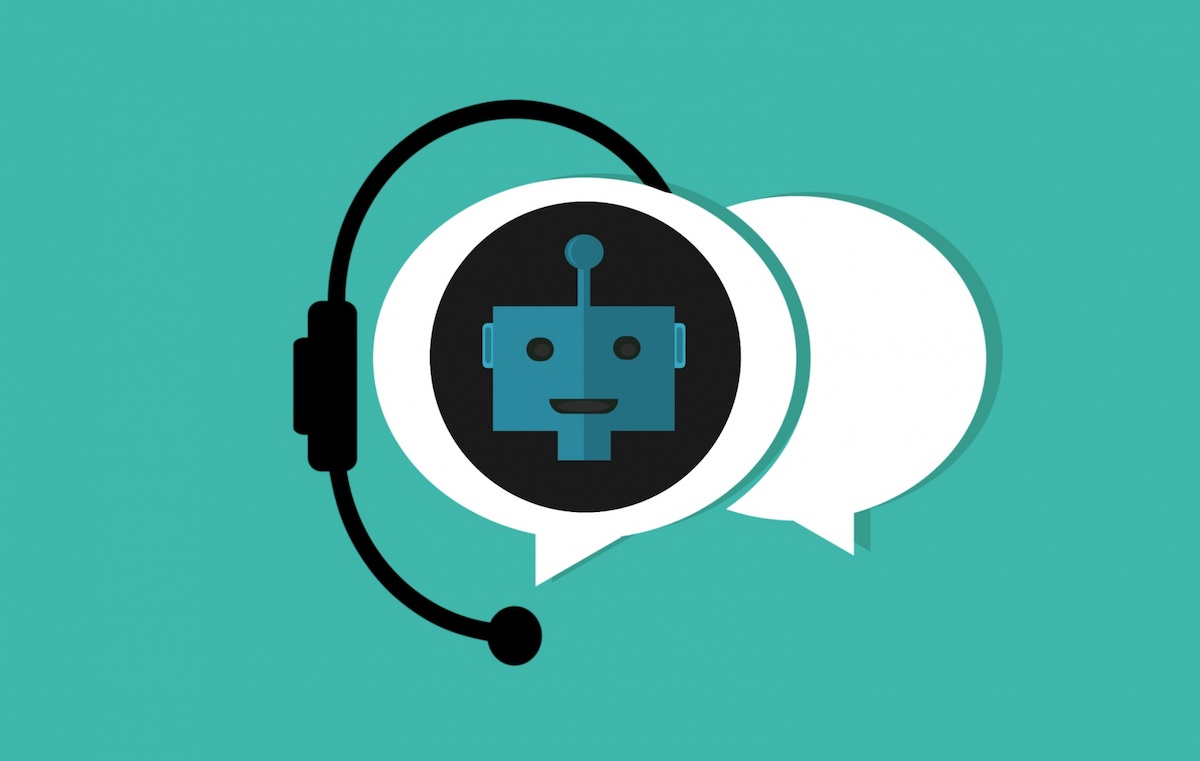5 Chat Design Tips To Delight Your Customers
October 21, 2022
Deep Learning and Its Impacts on Marketing Analytics
March 24, 2022
The Future Scope of Chatbots – From the Eyes of a Marketer
February 18, 2022
How AI Can Improve Online Marketing Campaigns
June 10, 2021
How to Increase eCommerce Conversions with Messenger Chatbots
November 12, 2020
How AI Can Enhance eCommerce Industry
August 9, 2020









